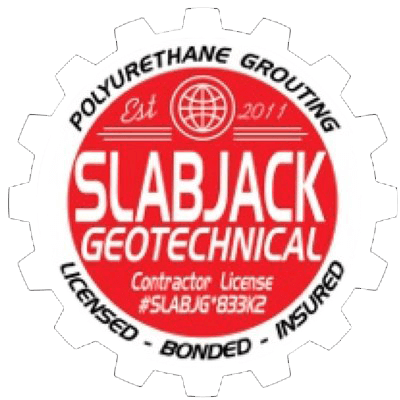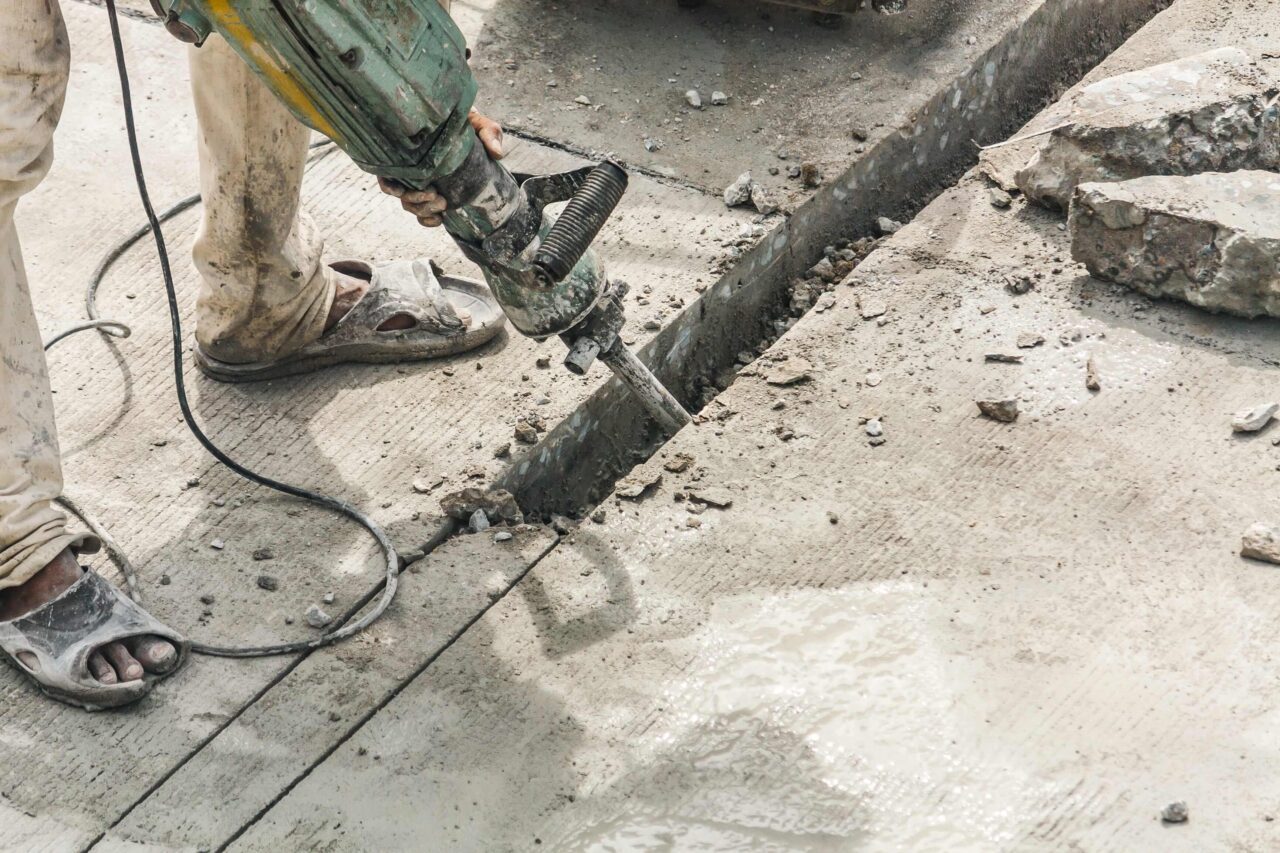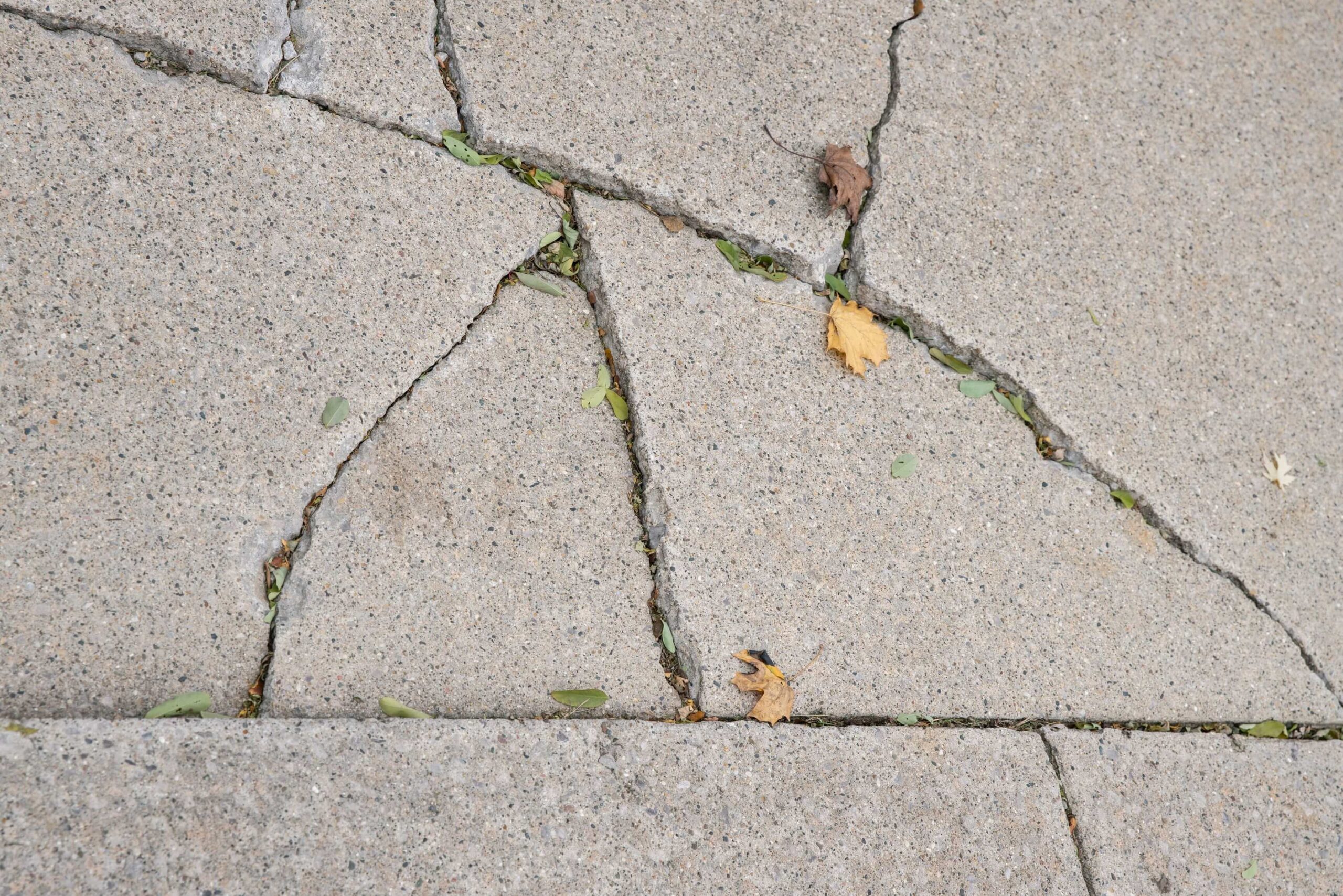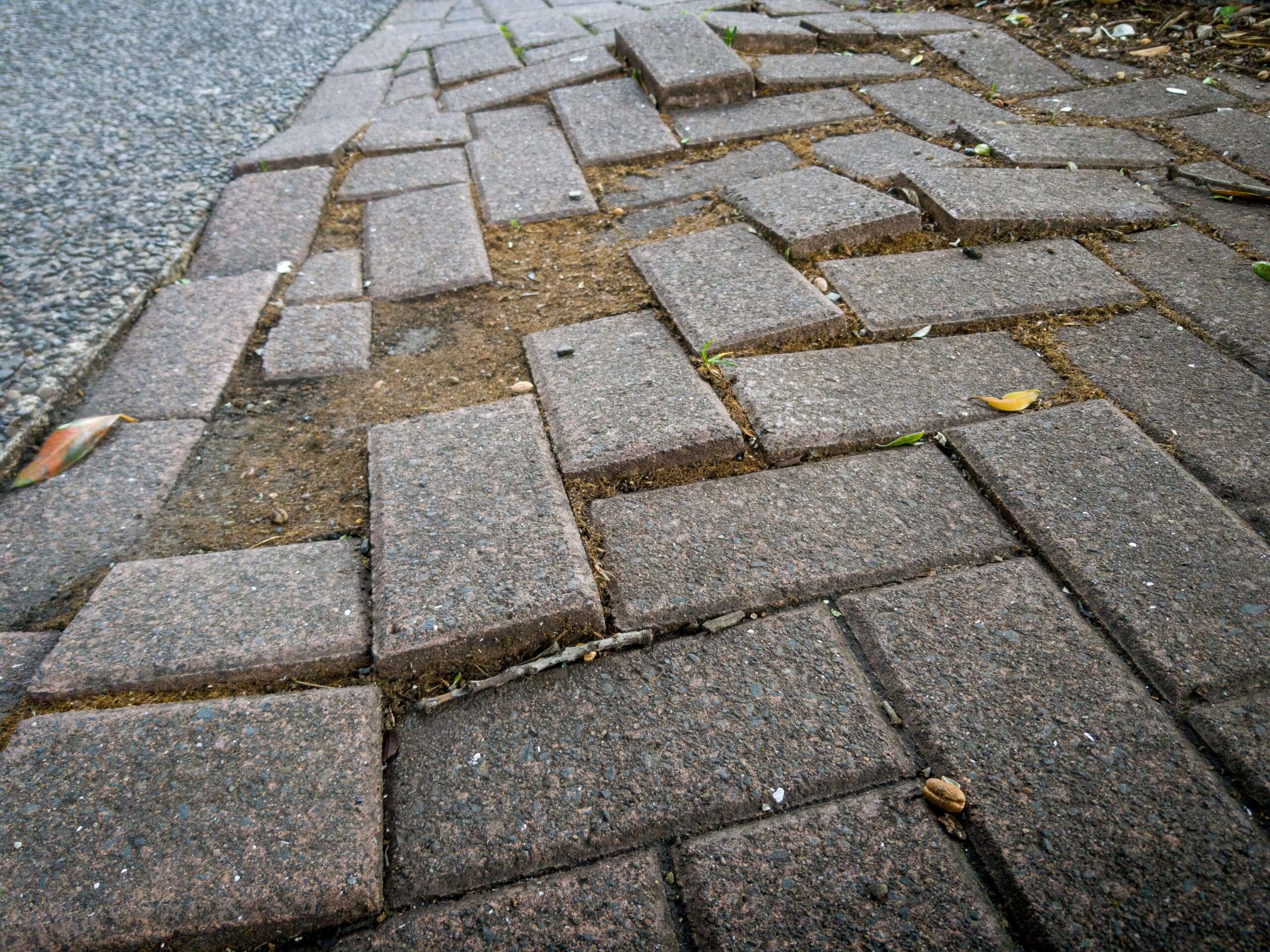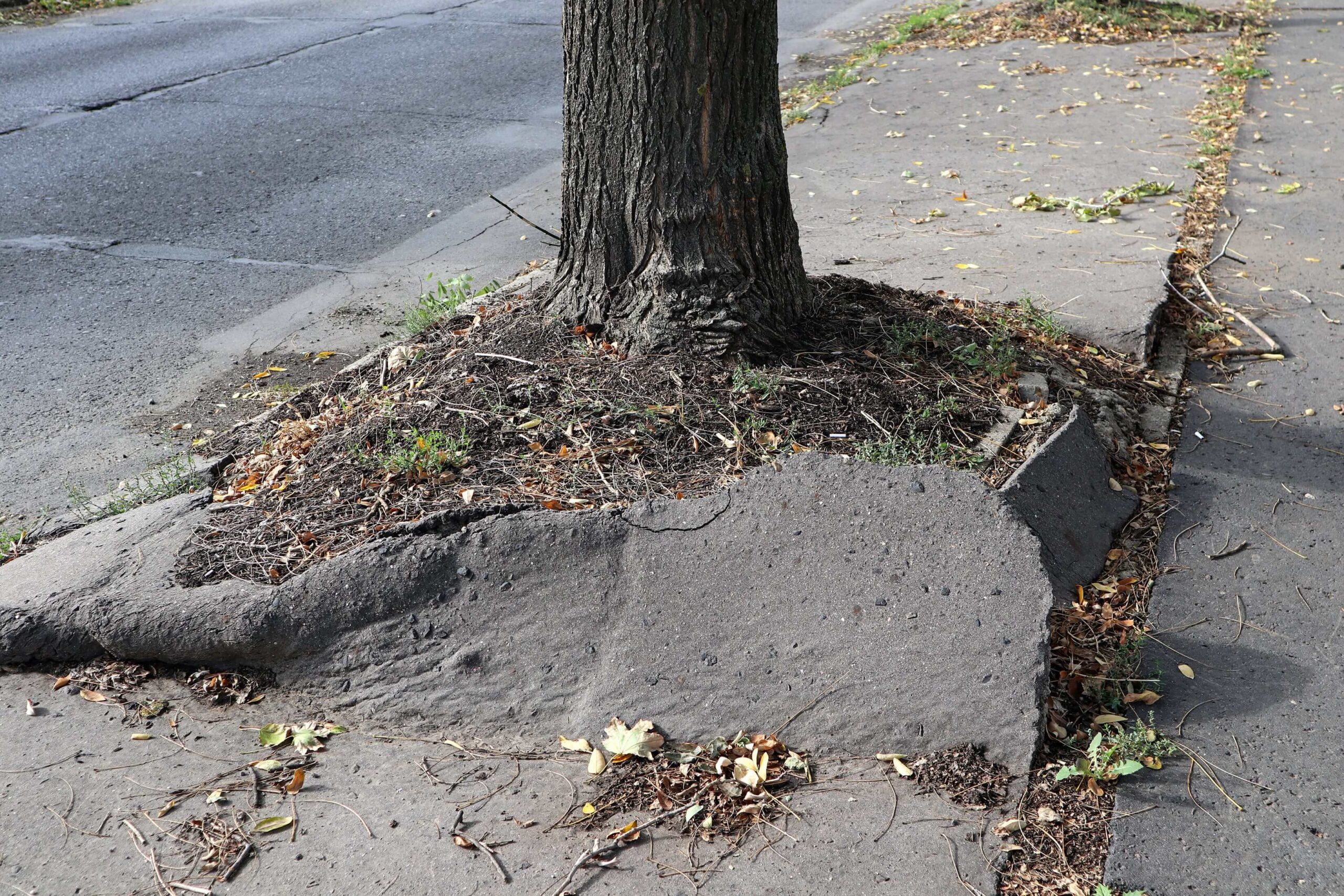Concrete trip hazards are a common issue that poses a significant risk to pedestrians. Uneven or damaged concrete surfaces can cause accidents and injuries, making it essential to address these hazards promptly. In this article, we will explore the importance of concrete trip hazard removal and the various methods and techniques used to ensure safety and accessibility. From understanding the causes of trip hazards to exploring effective removal strategies, we’ll provide comprehensive insights into this critical aspect of maintaining safe walkways and public spaces.
What is a Trip Hazard?
A trip hazard refers to any unevenness or discontinuity in a concrete surface that poses a risk of tripping or stumbling. These hazards can result from factors such as:
- Shifting of concrete slabs
- Weathering and erosion
- Settling or heaving of the ground beneath the concrete
- Improper installation or repair
- Wear and tear over time
Why Trip Hazard Removal is Important
Concrete trip hazards, such as uneven sidewalks, cracked walkways, or protruding edges, can be found in various public areas, including parks, shopping centers, schools, and residential neighborhoods. These hazards not only compromise the safety of pedestrians but also impede the mobility of individuals with disabilities.
Preventing Avoidable Injuries
Neglecting concrete trip hazards can have severe consequences. Pedestrians, unaware of the potential dangers, may trip and fall, resulting in injuries ranging from minor bruises to broken bones and head trauma. Such accidents can lead to legal disputes, affecting property owners, municipalities, and other responsible parties.
Legal and Financial Ramifications
Lawsuits arising from trip and fall accidents can be financially devastating. Property owners can face substantial liabilities, including medical expenses, legal fees, and compensation for the injured party. Moreover, a negative reputation can impact businesses and property values.
Ensuring Accessibility for All
Accessible pathways are a fundamental requirement for individuals with disabilities. By removing concrete trip hazards, we promote inclusivity and enable everyone to move freely and independently, ensuring equal access to public spaces.
Methods of Concrete Trip Hazard Removal
Removing concrete trip hazards involves employing effective techniques and utilizing appropriate tools to restore safe and accessible pathways. Let’s explore some common methods used for this purpose.
1. Concrete Grinding: Smoothing Out Uneven Surfaces
Concrete grinding is a widely used method for eliminating trip hazards and restoring smooth walkways. This process involves using specialized machinery equipped with diamond blades to grind down uneven surfaces, reducing the height difference between concrete sections.
2. Trip Hazard Cutting: Creating Ramp-Like Transitions
Trip hazard cutting, also known as ramp cutting or beveled cutting, is another technique employed to address trip hazards. In this method, a section of the concrete surface is carefully removed to create a gradual transition, eliminating abrupt height differences.
3. Patching and Resurfacing: Fixing Cracks and Depressions
Patching and resurfacing techniques are primarily used to repair cracked concrete surfaces and depressions. In this process, damaged areas are filled with specialized concrete mixtures or resurfacing compounds, restoring the structural integrity of the pathway.
Epoxy Injection
This method is ideal for narrow cracks. It involves injecting epoxy resin into the cracks to fill and seal them. Epoxy provides strength, durability, and waterproofing properties, preventing further damage. After injecting the epoxy, the surface can be sanded to create a smooth finish.
Polyurethane Foam Injection
This method is effective for both narrow and wider cracks. Polyurethane foam expands upon injection, filling the cracks and creating a watertight seal. The foam also provides stability to the slab. Once the foam cures, any excess can be trimmed away, and the surface can be leveled.
Slabjacking
Slabjacking, also known as mudjacking, is a popular method for raising sunken or uneven concrete slabs. It involves drilling holes in the concrete and injecting cement, sand, and other additives beneath the slab. This mixture fills any voids or empty spaces and raises the slab to its original level. Slabjacking is a cost-effective alternative to replacing an entire concrete slab.
Preventing Future Damage
Once you have repaired the cracks and removed trip hazards, taking preventive measures is essential to avoid future damage. Here are a few tips:
- Regularly inspect your concrete slabs for signs of cracks or settling.
- Address any drainage issues that may cause water accumulation near the slabs.
- Ensure proper installation and reinforcement of new concrete slabs.
- Use sealants to protect the concrete from moisture and freeze-thaw damage.
- Avoid placing heavy loads on the slabs, especially in areas prone to cracking.
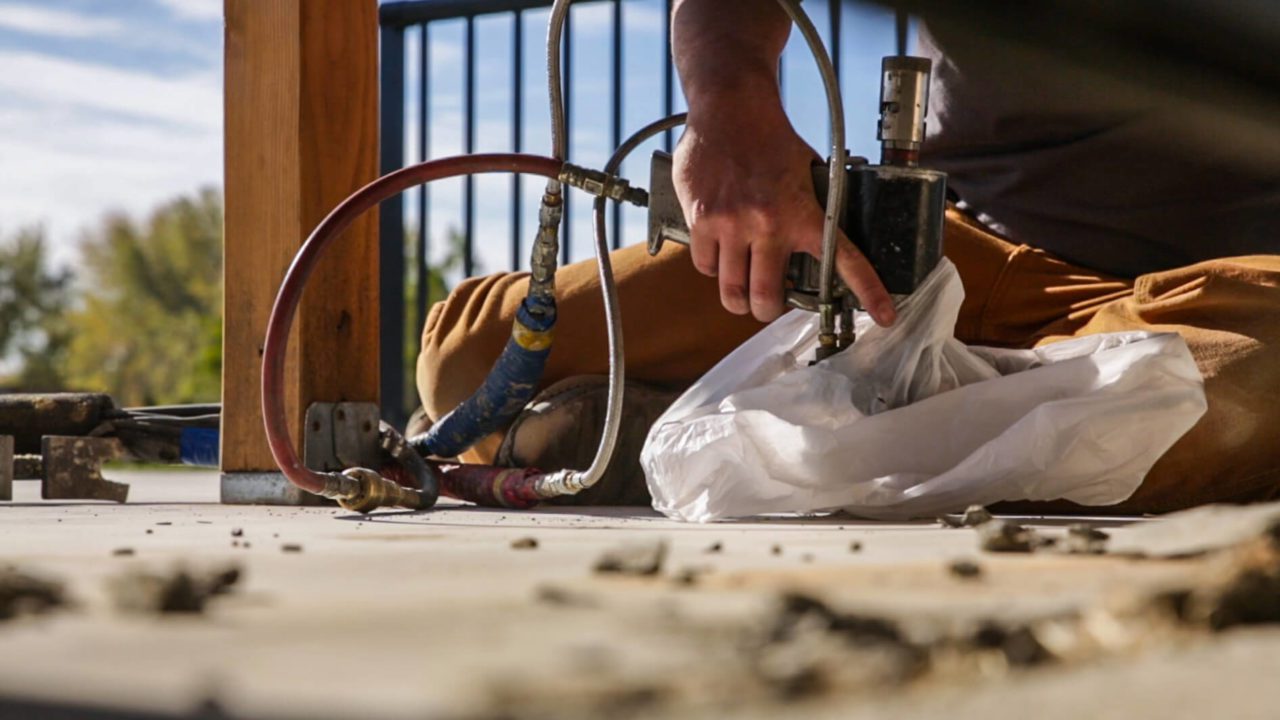
Factors to Consider When Removing Trip Hazards
Professional Assessment
In some cases, it is advisable to consult a professional concrete contractor or structural engineer to assess the extent of the damage and recommend the appropriate repair method. They have the expertise to identify underlying issues and provide customized solutions based on your specific situation.
Weather Conditions
Consider the weather conditions when planning your concrete repairs. Extreme temperatures, high humidity, or rainy seasons can affect the curing process and the effectiveness of certain repair methods. It’s generally recommended to carry out repairs during moderate weather conditions for optimal results.
Surface Preparation
Proper surface preparation is vital for the success of any concrete repair. Before applying any repair material, ensure that the surface is clean, free of debris, and dry. Use a wire brush, pressure washer, or other suitable tools to remove loose particles, dirt, and old sealants.
Safety Precautions
When repairing concrete slabs, it’s crucial to prioritize safety. Wear protective gear, including safety goggles, gloves, and a dust mask, to protect yourself from potential hazards. Follow manufacturer instructions when using repair materials and techniques, and ensure proper ventilation in enclosed spaces.
Long-Term Maintenance
After repairing the concrete slabs, regular maintenance is key to prolonging their lifespan. Implement a maintenance routine that includes regular cleaning, inspections, and resealing as necessary. Promptly address any new cracks or trip hazards that may arise to prevent further damage.
Contact Slabjack Geotechnical For Concrete Trip Hazard Removal Services
Concrete trip hazard removal plays a vital role in ensuring the safety and accessibility of public spaces. By promptly addressing these hazards, we enhance pedestrian safety, reduce legal liabilities, and create inclusive environments for individuals of all abilities.
At Slabjack Geotechnical, we specialize in providing professional concrete trip hazard removal services that prioritize safety, quality, and customer satisfaction. We utilize advanced techniques and state-of-the-art equipment to eliminate trip hazards and restore smooth, hazard-free walkways.
If you are in need of concrete trip hazard removal services, contact our team here at Slabjack Geotechnical today. We are ready to assess your needs, provide personalized solutions, and deliver exceptional results that meet your requirements. With a range of effective removal methods available, property owners and managers can take proactive steps to prevent accidents and foster a sense of community well-being. Remember, maintaining safe pathways is a shared responsibility that contributes to a better quality of life for everyone.

FAQs
What are the primary causes of concrete trip hazards?
Concrete trip hazards can result from a variety of factors, including natural wear and tear, weather conditions, soil settlement, tree root growth, poor construction, and heavy traffic. Identifying the underlying causes is crucial for effective hazard removal.
How frequently should concrete trip hazards be inspected?
Regular inspections are vital for identifying and addressing trip hazards promptly. The frequency of inspections depends on various factors, such as the location, foot traffic, and environmental conditions. It is advisable to conduct inspections at least once a year and after significant weather events.
Who is responsible for trip hazard removal?
The responsibility for trip hazard removal depends on the specific circumstances and jurisdictional regulations. In most cases, property owners or managers are responsible, while in others, municipalities or government entities bear the duty. Consulting local authorities and legal professionals is recommended to determine specific responsibilities.
